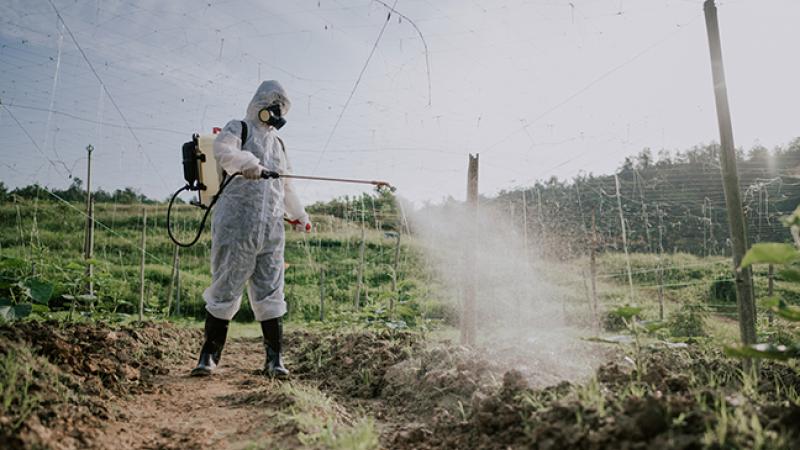2024-07-16 レンセラー工科大学 (RPI)

<関連情報>
- https://news.rpi.edu/2024/07/16/researchers-find-frogs-can-quickly-increase-their-tolerance-pesticides
- https://www.sciencedirect.com/science/article/abs/pii/S0166445X24001152
15の両生類の個体群について、一般的に使用されている3種類の殺虫剤に対するナイーブ耐性と誘導耐性を調べた Naïve and induced tolerance of 15 amphibian populations to three commonly applied insecticides
Devin K. Jones, Devin G. DiGiacopo, Brian M. Mattes, Erika Yates, Jessica Hua, Jason T. Hoverman, Rick A. Relyea
Aquatic Toxicology Available online: 10 May 2024
DOI:https://doi.org/10.1016/j.aquatox.2024.106945
Highlights
- We exposed 15 amphibian populations to 3 common insecticides.
- We examined their tolerance and inducible tolerance.
- We found high variation among the populations for all three insecticides.
Abstract
Human impacts on ecological communities are pervasive and species must either move or adapt to changing environmental conditions. For environments polluted by contaminants, researchers have found hundreds of target pest species evolving increased tolerance, but we have substantially fewer cases of evolved tolerance in non-target species. When species do evolve increased tolerance, inducible tolerance can provide immediate protection and favor the evolution of increased tolerance over generations via genetic assimilation. Using a model larval amphibian (wood frogs, Rana sylvatica), we examined the tolerance of 15 populations from western Pennsylvania and eastern New York (USA), when first exposed to no pesticide or sublethal concentrations and subsequently exposed to lethal concentrations of three common insecticides (carbaryl, chlorpyrifos, and diazinon). We found high variation in naïve tolerance among the populations for all three insecticides. We also discovered that nearly half of the populations exhibited inducible tolerance, though the degree of inducible tolerance (magnitude of tolerance plasticity; MoTP) varied. We observed a cross-tolerance pattern of the populations between chlorpyrifos and diazinon, but no pattern of similar MoTP among the pesticides. With populations combined from two regions, increased tolerance was not associated with proximity to agricultural fields, but there were correlations between proximity to agriculture and MoTP. Collectively, these results suggests that amphibian populations possess a wide range of naïve tolerance to common pesticides, with many also being able to rapidly induce increased tolerance. Future research should examine inducible tolerance in a wide variety of other taxa and contaminants to determine the ubiquity of these responses to anthropogenic factors.


